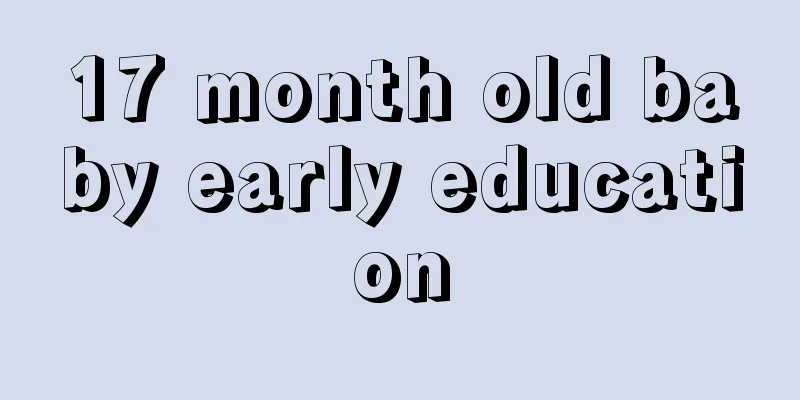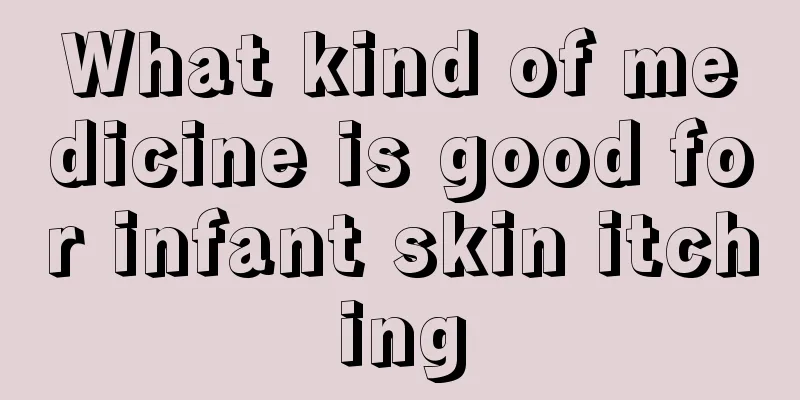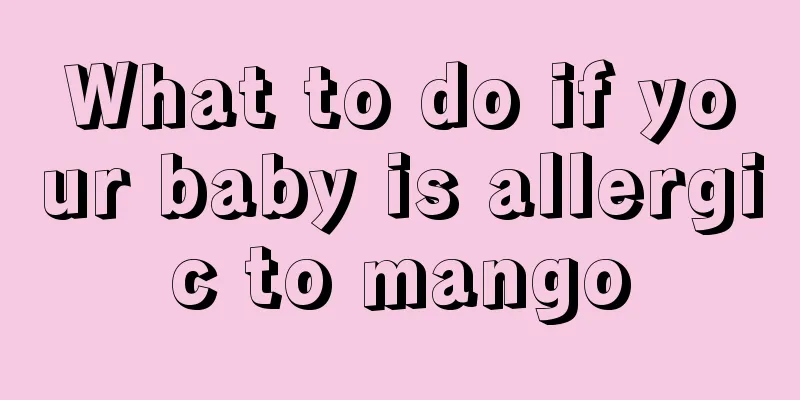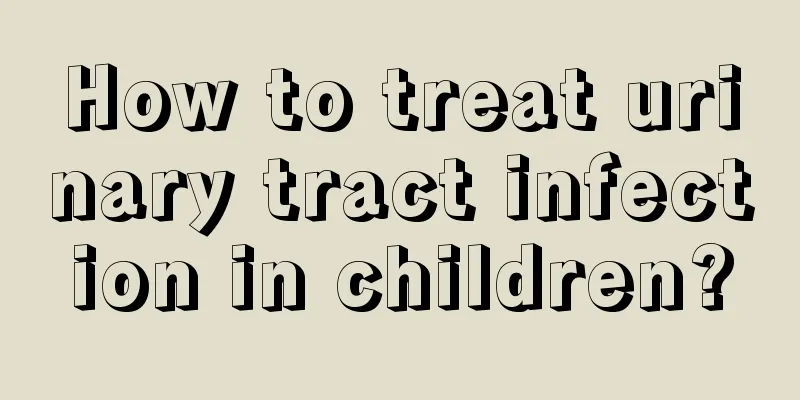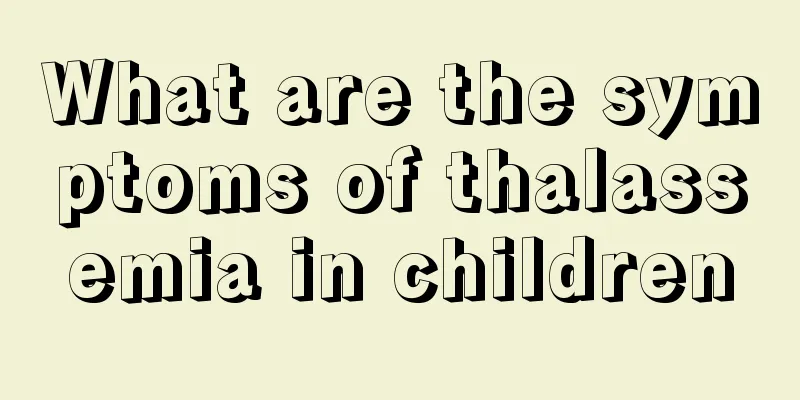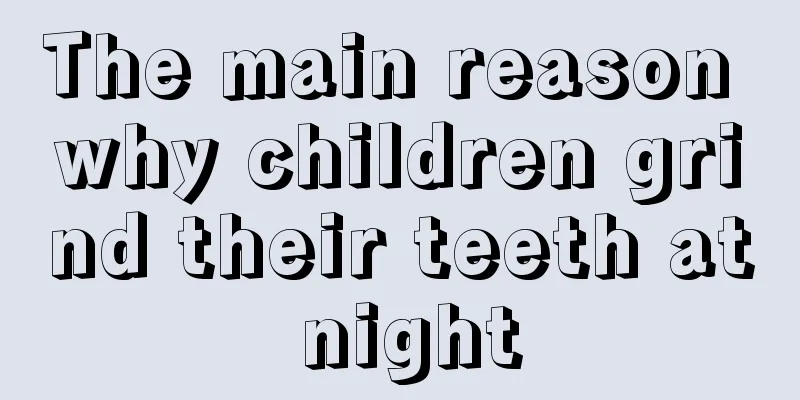Children's eye allergies need attention
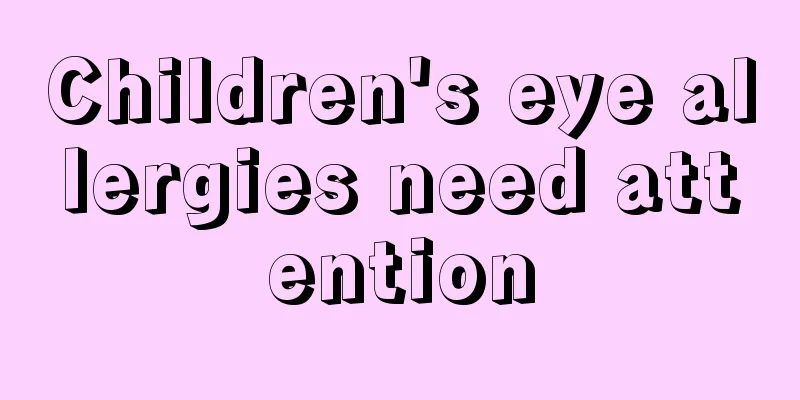
|
In spring, dust, pollen, animal dander, etc. are easily transmitted and spread in the air. Children's eyes are prone to itching, and they may even experience tears, burning sensation, photophobia, and increased secretions during rubbing. This may be a series of symptoms caused by allergic conjunctivitis, which requires the attention of parents. Allergic conjunctivitis is an allergic reaction of the conjunctiva caused by contact of our eyes' conjunctiva with allergens, but the symptoms can be alleviated as long as they are treated in time. Let us now learn about the treatment options. 1. General treatment Allergen avoidance is the most ideal and effective treatment. Contact with possible allergens should be avoided as much as possible. For example, remove rags and blankets from the room, pay attention to bed hygiene, use pesticides to eliminate insect mites in the room, avoid contact with grass, tree flowers, etc. during the pollen transmission season, stop wearing or replace high-quality contact lenses and care solutions. Applying cold compresses to the eyelids may provide temporary relief. 2. Medication (1) Antihistamines Antihistamines are usually used topically. Commonly used eye drops include 0.1% Emedastine, 0.05% Levocabastine, 0.1% Olopatadine and 0.5% Ketorolac. If there are extraocular symptoms, oral medications can be used, but their effect is not as good as topical medications. Commonly used oral medications include diphenhydramine, chlorpheniramine, promethazine, etc. The combined use of antihistamines and vasoconstrictors, such as Runjianasol, can often achieve better therapeutic effects. (2) Commonly used mast cell stabilizers include disodium chromoglycate and nedocromil. Although mast cell stabilizers are less effective than antihistamines overall, they appear to be more effective in suppressing tearing. Best used before exposure to allergens. (3) Nonsteroidal anti-inflammatory drugs can be used in both the acute and intermittent stages of allergic diseases. They have shown certain therapeutic effects in relieving eye symptoms and signs such as itchy eyes, conjunctival congestion, and tearing. They can also reduce the dosage of hormones. Commonly used drugs include indomethacin (diclofenac sodium) and aspirin. (4) Commonly used drugs for topical use of vasoconstrictors include epinephrine naphazoline, oxymetazoline, tetrahydrozoline, etc., which can improve eye discomfort and reduce ocular surface congestion. (5) Glucocorticoids should only be used when other drugs are ineffective in treating severe allergic conjunctivitis, and the duration of use should not be too long to avoid complications such as cataracts, glaucoma virus infection, fungal infection, and delayed corneal epithelial healing. Commonly used ones include dexamethasone, betamethasone and fluorometholone. (6) The main immunosuppressants are cyclosporine A and FK506. For some severe cases of vernal keratoconjunctivitis that require the use of hormones, topical application of 2% cyclosporine A can quickly control local inflammation and reduce the amount of hormones used. However, relapse is common after medication discontinuation. 3. Desensitization treatment This method is mainly used for seasonal allergic conjunctivitis. Its therapeutic effect is often not ideal for other subtypes of allergic conjunctivitis, so it is rarely used. 4. Cryotherapy This method is mainly used for vernal keratoconjunctivitis. Cryotherapy is often used on the upper eyelid conjunctiva, lowering the temperature to -80°C to -30°C for 30 seconds. Cryotherapy can be repeated 2 to 3 times. 5. Psychotherapy Ocular allergic disease is an acute or chronic recurrent disease, and it is often very difficult to completely cure it. Therefore, it causes great psychological pressure on some patients. In particular, some children with vernal keratoconjunctivitis may have certain psychological disorders and should be paid attention to. |
<<: Why do children's eyelashes easily prick their eyes?
>>: Tips for treating diarrhea caused by cold in babies
Recommend
Why do children have bad breath?
We always think that bad breath is something that...
Is it normal for a child to poop several times a day?
As mothers, from the moment their children are bo...
Baby's heart fire is heavy. With these recipes, these symptoms can be improved
Most of the time, babies have heavy heart fire be...
Treatment of red birthmarks on newborns' heads
Most newborns will feel that they have red birthm...
What are the symptoms of trace element deficiency in children?
As we all know, human life activities require the...
Is it normal to feel nauseous at 30 days of pregnancy?
We all know that there will be no obvious symptom...
How to treat children with fever and oral ulcers
When children catch a cold, they will have a feve...
What causes children to blink frequently?
Blinking is a normal physiological reaction, but ...
Which acupoints should be massaged for children with nasal congestion?
Each of us will inevitably have some minor illnes...
What does fetal renal pelvis separation mean?
Renal pelvis separation usually occurs when kidne...
What should I do if my baby has a cold and a stuffy nose?
Cold is the most common disease, especially durin...
How to diagnose your baby's skin allergy to milk
Babies need to supplement milk nutrition as they ...
Diet therapy for diarrhea in a four-month-old child
In fact, if your child has symptoms of diarrhea, ...
What's the matter with my three-month-old baby having green poop all the time?
The baby's excretion is a very important heal...
What to do if children have precocious puberty
Precocious puberty in children has become a major...


